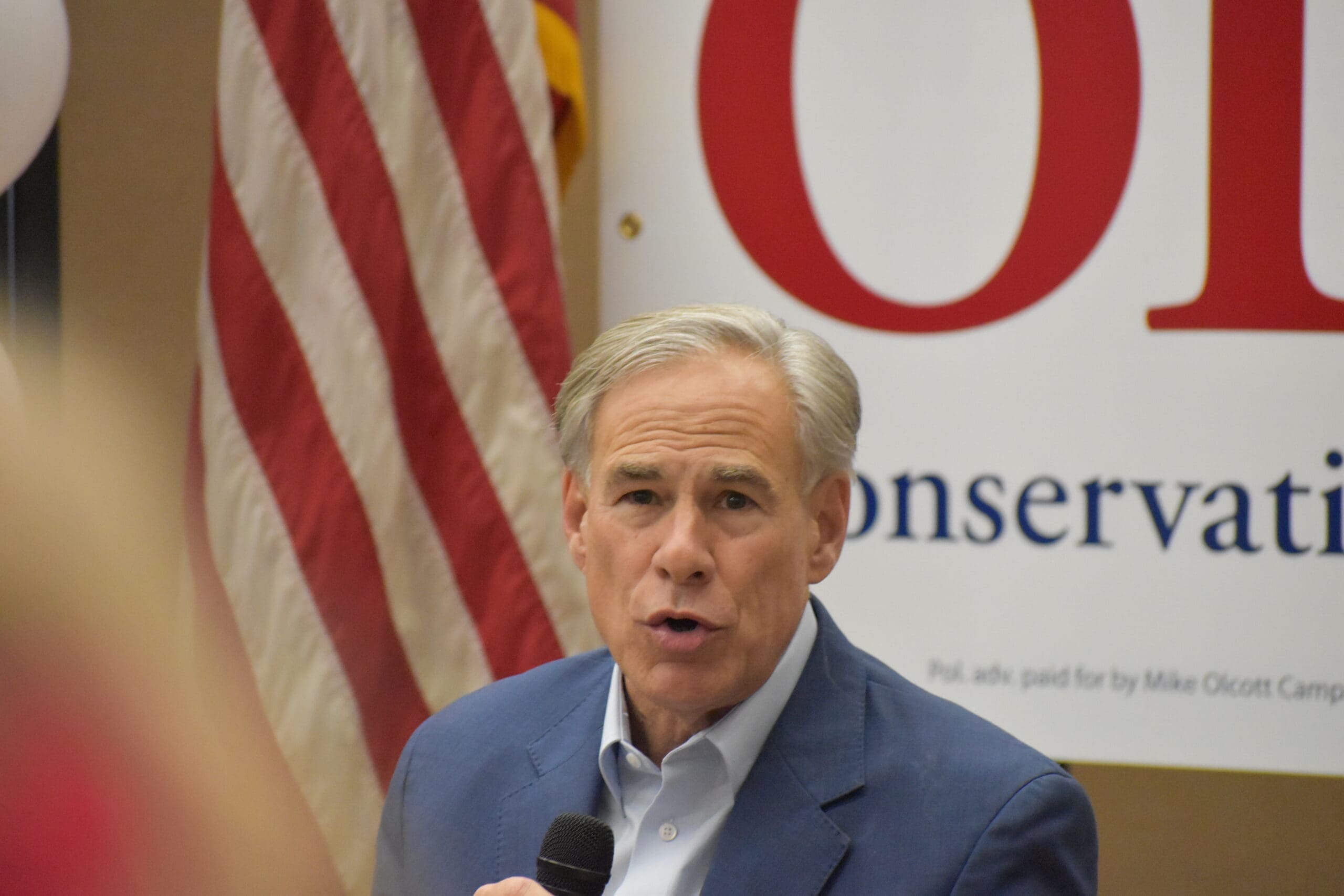After getting blasted for putting just two teachers on a 28-member Teacher Vacancy Task Force, the Texas Education Agency said it is expanding the group to include an equal number of teachers and school administrators.
Some teachers applauded the move, while others claim the whole thing is a waste of time.
Tuesday’s announcement said 24 more public school teachers would be added to the task force, nearly doubling its size.
The expansion comes just days after TEA Commissioner Mike Morath launched the task force at the direction of Gov. Greg Abbott. The group was tasked with recommending solutions to the state’s teacher shortages.
Originally, Morath assigned only two teachers to the task force, along with 17 superintendents and nine human resources administrators.
Teachers on Twitter were quick to ridicule Morath’s lopsided team:
“Mainly supes and HR???” tweeted Bobby. “I’m a working teacher who just finished a doctorate on this very topic. There are many, many teachers who are experts on this topic. It’s almost like….hear me out….teachers aren’t considered important stakeholders in decisions that affect their careers.”
“Can someone ask TEA and @GovAbbott why they would only include 2 teachers on this task force. This is crazy. This is why they are leaving. Not being heard. Pandering by our governor and the head of TEA, who is clueless,” said Shawna, a high school librarian.
“@GregAbbott_TX this is your task force? Only two teachers? Many on the list who have not taught in years, if at all! This is embarrassing,” tweeted Colin, a coach in Terrell.
“Just ask us!” said McAllen teacher Marisa. “You don’t need a task force filled with NON-teachers.”
Just ask us! You don’t need a task force filled with NON-teachers.
— Marisa Pompa (@mrspompa14) March 12, 2022
Other teachers said the task force isn’t needed at all.
“There doesn’t need to be a task force. Ask any public school teacher and they will tell you why there is a shortage,” said Mrs. Marrs, an art teacher in Roanoke.
“Seriously!?! Here’s an idea….how about ACTUALLY listen to what teachers ARE ALREADY SAYING! It doesn’t take a ‘task force’ or a genius, or even much leg work, to KNOW why teachers are leaving the classroom in droves!!” Seguin ISD third-grade teacher Melisa tweeted.
“There are hundreds of teachers who will answer this question for free,” said Veronica, another Texas teacher. “The only outcome of this will be creating an extra policy that will require extra work from teachers. What is the point?”
The answers they gave as to why teachers are leaving included the usual complaints: they’re underpaid and overworked, retirement and other benefits are inadequate, certification is too difficult, there’s too much standardized testing and not enough money spent on education. For other teachers, it boils down to respect.
Some, like McKinney teacher Tiffany, welcomed the task force but said it needed more teachers.
She called Tuesday’s announcement “a step in the right direction.”
Morath’s press release said the original task force members recommended adding more teachers after their first meeting.
TEA also announced Tuesday that Josue Torres, a Dallas ISD fourth- and fifth-grade math teacher, will chair the group.
“The reason I got into education is because I believe that a student’s zip code shouldn’t determine his or her fate,” Torres said. “This task force has the ability to recommend the needed changes and innovative solutions necessary to ensure all Texas students have access to the high-quality educators they deserve.”
According to TEA, school staffing shortages caused by Texas’ population growth were amplified by COVID. Over the last two years, the state’s school systems have received an extra $18 billion in COVID relief funds they can use to help pay for more teachers and staff.
The expanded task force will be organized into workgroups and is expected to meet bi-monthly over the next year to develop best practices and policy recommendations.
Texans can learn more about the task force on the TEA website.





